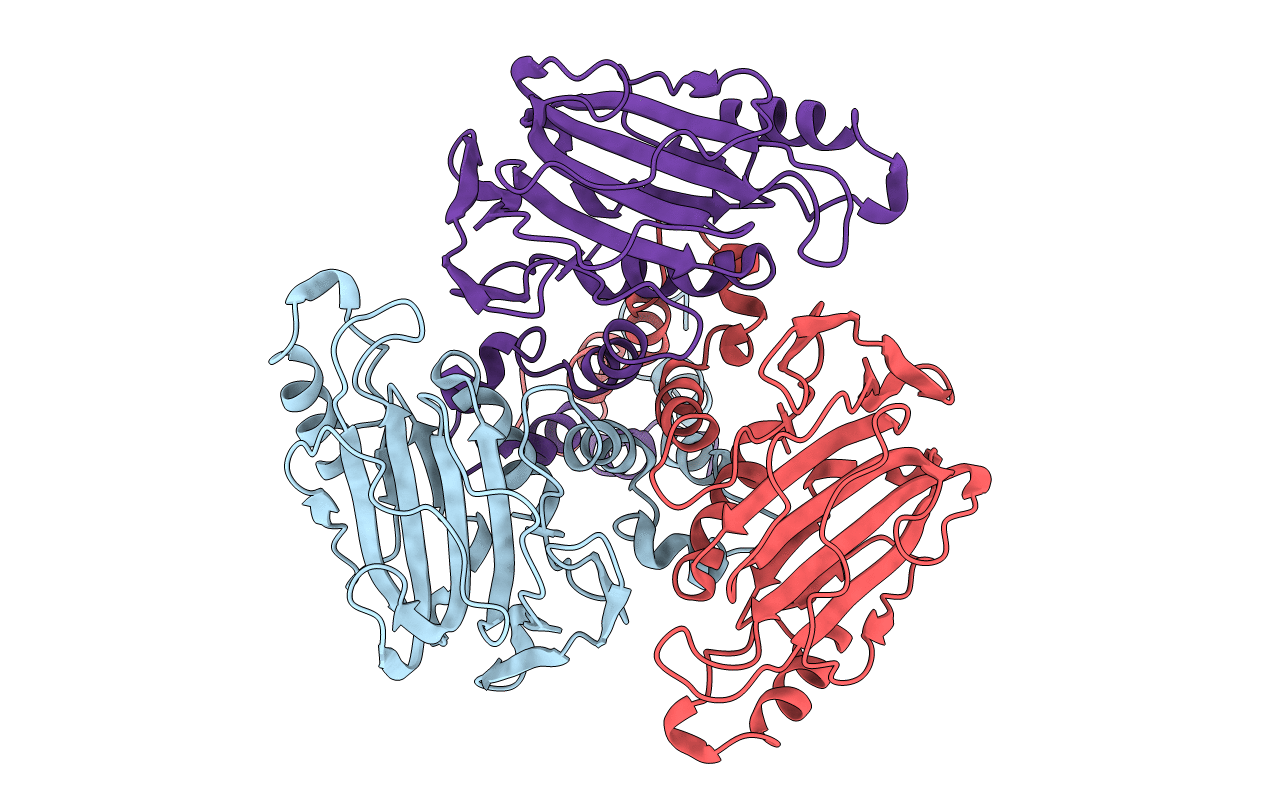
Deposition Date
2004-10-21
Release Date
2005-04-01
Last Version Date
2024-05-08
Method Details:
Experimental Method:
Resolution:
2.56 Å
R-Value Free:
0.24
R-Value Work:
0.18
R-Value Observed:
0.18
Space Group:
C 1 2 1


